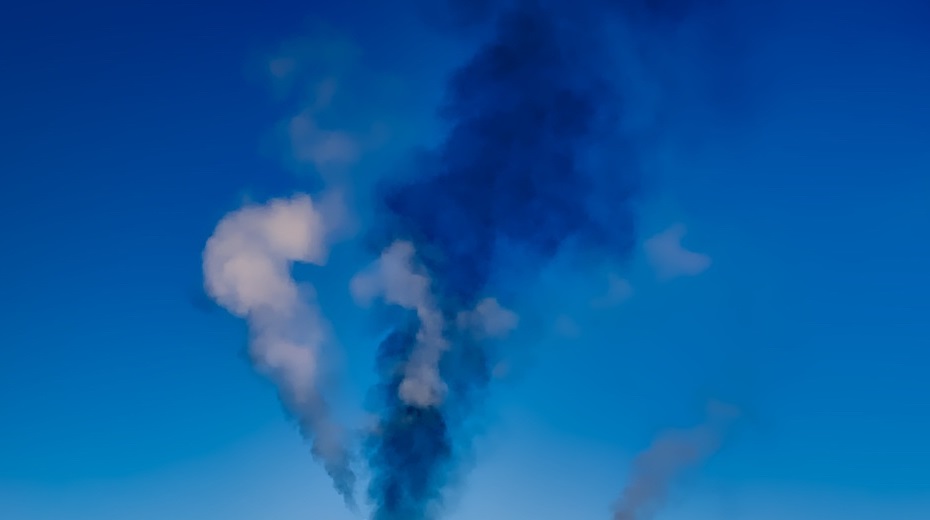
Wimbledon 2020 Cancelled
It is almost that time of the year when people would go watch a sporting

Memory foam mattresses are a hit with consumers due to their coziness and durability. The only thing that disrupts customer satisfaction is the way memory foam smells. This peculiar smell is caused by the elements used to create the mattress; and sadly, the smell can carry on for weeks.
On the one hand, there are mattress making companies that have lessened or eliminated the odourous off-gassing by figuring out ways and means of utilizing different components in the manufacturing porcess. In this article, you will learn what to look out for in order to make the correct memory foam mattress choice – that is, a smell-free one.
The distinct memory foam smell is caused by a chemical reaction called “off-gassing”. Off-gassing can also occur in fresh paint, dry cleaning, and the inside of a new car.
This reaction is found in new foams and other different manufactured products that have VOCs or “volatile organic compounds”. When these compounds deteriorate chemically, the reaction releases an offensive smell and off-gassing occurs.
Mattresses and adhesives are made up of VOCs which include the following: chloroflourocarbons (also know as CFCs), formaldehyde, benzene, methylene chloride, toluene, trichloroethane, naphthalene, and perflourocarbons.
No, off-gassing from memory foam has not been found to be toxic or dangerous. Although mattress off-gassing does smell terrible, no harm comes to those who may take a whiff of it. However, there are some people who have had difficulty breathing, suffered from headaches, nausea, eye and throat irritation, and asthma. Such symptoms go away as long as they are not near the mattress foam, and they ultimately vanish when the off-gassing disperses.
No study has proven that memory foam is dangerous or cancer causing; notwithstanding the components that cause off-gassing are listed as carcinogens or possible carcinogens. Just to be sure, there are still many people who wouldn’t want to make themselves vulnerable to the chemicals and therefore opt for chemical-free memory foam mattresses.

The materials used and the procedures employed in making mattresses are different for each of the memory foam mattress brands. Accordingly, the problems encountered regarding issues with off-gassing also vary from one company to another.
Of the leading national brands, only 18-20% have encountered customer complaints about mattress off-gassing. Research studies have shown that the density of the foam directly affects the intensity of the smell. Consequently, the thicker and heavier the memory foam mattress is, the more intense the bad smell becomes.
Claiming to protect their trade secrets, these memory foam mattress manufacturers restrict the sharing of information about the materials they use to make their products. This does not effectively assure the consumer that the mattress purchased is chemical-free.
In sum, no mattress is really chemical free. So, what the consumer can do to avoid exposure to odourous and potentially harmful components is to avoid mattresses that contain phthalates, CFCs, heavy metals, formaldehyde and PBDEs in the list of product materials used. Another option for consumers is memory foam produced from plant-based materials and not from petroleum. Before using any memory foam mattress, it is best to let the off-gassing dissipate for 3-7 days outdoors, in the garage or in a well ventilated room.

It is almost that time of the year when people would go watch a sporting

Queen Elizabeth II has two birthdays to celebrate: her actual birthday on 21 April and

The first of May is celebrated by many countries around the world as Labour Day